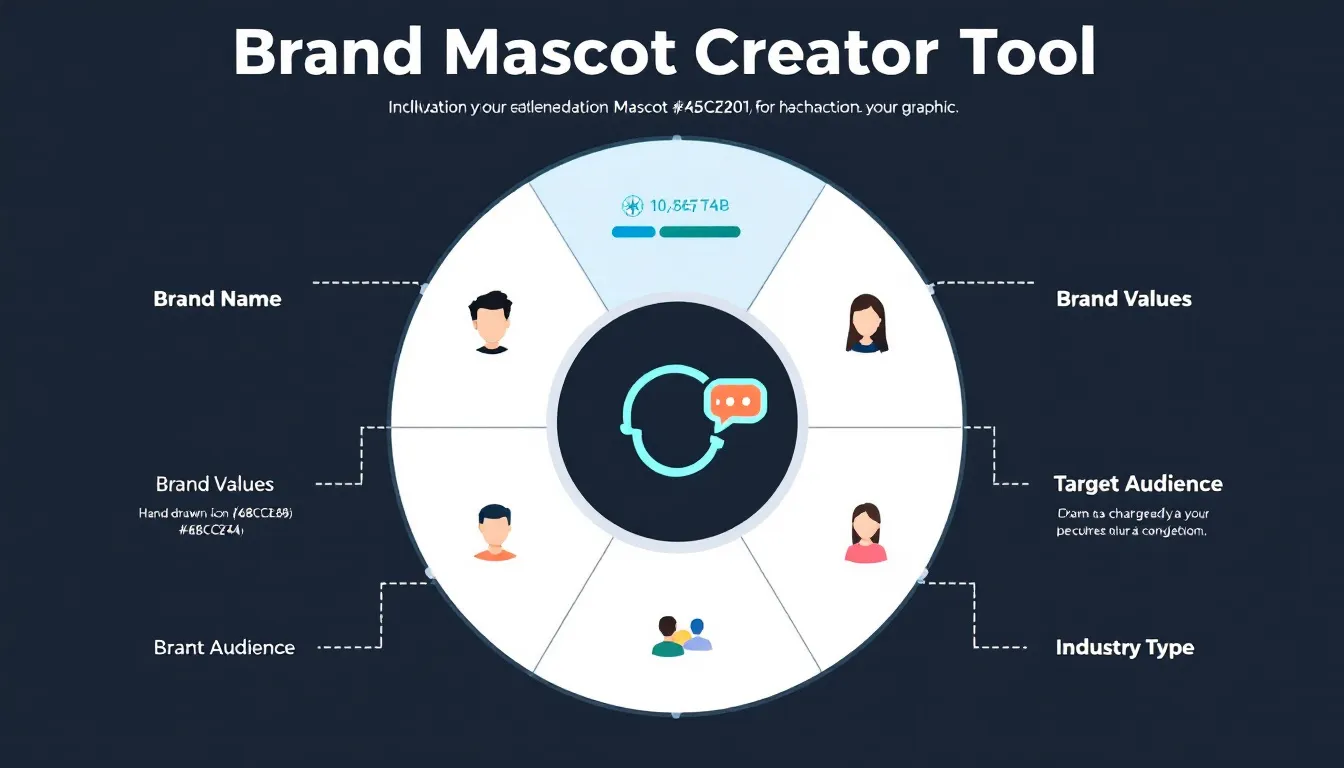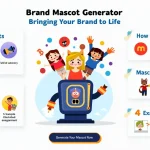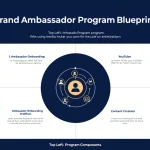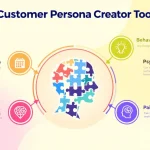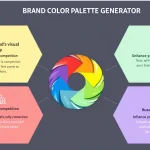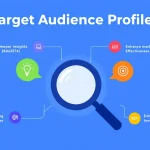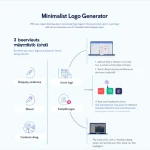Is this tool helpful?
How to Use the Brand Mascot Generator Tool Effectively
The Brand Mascot Generator Tool helps businesses create compelling brand mascots through a systematic input process. Here’s a detailed guide on using each field effectively:
1. Brand Name Field
Enter your complete brand name exactly as it appears in official documentation. For example:
- “Green Earth Organics” – An eco-friendly food company
- “Spark Learning Hub” – An educational technology platform
2. Core Values and Characteristics
List 3-5 fundamental values that define your brand identity. Sample entries:
- “Empowerment, Creativity, Community-driven, Environmental stewardship”
- “Accessibility, Innovation, Reliability, Customer-centric approach”
3. Target Audience Description
Provide detailed demographic and psychographic information:
- “Health-conscious parents aged 30-45, urban dwellers, middle to upper-middle income, interested in sustainable living”
- “Small business owners aged 35-60, tech-adaptable, seeking efficiency solutions”
4. Industry Type
Specify your precise industry sector. Examples:
- “Sustainable Food Production and Distribution”
- “Business Process Automation Solutions”
5. Optional Fields
Enhance your mascot concept by providing:
- Mascot Style: “Friendly illustrated character” or “Modern geometric design”
- Color Preferences: “Earth tones with green accents” or “Bold primary colors”
Understanding Brand Mascot Generation
A brand mascot serves as a visual ambassador for your company, embodying your brand’s personality and values in a memorable character form. This tool employs advanced algorithms to analyze your input and generate mascot concepts that align with your brand identity.
Key Components of Mascot Development
- Visual Identity Integration
- Character Personality Alignment
- Brand Value Representation
- Target Audience Appeal
- Industry Relevance
Benefits of Using the Brand Mascot Generator
1. Strategic Brand Development
- Consistent brand messaging
- Enhanced brand recall
- Improved emotional connection
- Unified marketing approach
2. Time and Resource Optimization
- Reduced conceptualization time
- Lower initial design costs
- Streamlined decision-making process
3. Marketing Advantages
- Multi-platform adaptability
- Increased social media engagement
- Enhanced merchandising opportunities
Problem-Solving Capabilities
Brand Recognition Challenges
The tool addresses common brand recognition issues through:
- Distinctive character development
- Memorable visual elements
- Industry-specific differentiation
Target Audience Connection
Solves engagement challenges by:
- Demographics-based character traits
- Cultural relevance incorporation
- Emotional resonance development
Practical Applications and Use Cases
Case Study 1: Food Industry
Company: Sunshine Smoothies
- Input Values:
- Brand Values: Health, Energy, Natural ingredients
- Target Audience: Fitness enthusiasts, 18-35 years
- Style: Vibrant cartoon character
- Result: “Sol the Sunshine Scout” – A dynamic, fruit-inspired character representing vitality and freshness
Case Study 2: Educational Technology
Company: BrainBoost Learning
- Input Values:
- Brand Values: Knowledge, Innovation, Fun learning
- Target Audience: Students aged 8-14 and their parents
- Style: Modern, friendly robot design
- Result: “Professor Byte” – An approachable robotic mentor character
Frequently Asked Questions
Q: How can I ensure my mascot appeals to different age groups?
Focus on universal design elements and values that resonate across generations. Include detailed age range information in your target audience description.
Q: Can I request multiple mascot concepts?
Yes, you can generate multiple concepts by adjusting your input parameters and running the tool multiple times with different value combinations.
Q: How should I integrate the mascot into my existing branding?
Start with small implementations in social media and gradually expand to other marketing materials based on audience response.
Q: What makes a successful brand mascot?
A successful mascot combines memorable visual design, clear personality traits, and strong alignment with brand values while maintaining simplicity and versatility.
Q: How often should I update my brand mascot?
Consider subtle updates every 3-5 years to keep the mascot current while maintaining its core recognizable elements.
Q: Can I use the mascot across different markets?
Yes, but consider cultural sensitivities and local market preferences when adapting the mascot for different regions.
Q: How do I maintain consistency in mascot usage?
Develop a detailed style guide that outlines acceptable poses, expressions, and usage scenarios for your mascot.
Q: What role does color psychology play in mascot design?
Colors significantly impact emotional responses and brand perception. Use the color preferences field to align with your brand’s psychological objectives.
Important Disclaimer
The calculations, results, and content provided by our tools are not guaranteed to be accurate, complete, or reliable. Users are responsible for verifying and interpreting the results. Our content and tools may contain errors, biases, or inconsistencies. We reserve the right to save inputs and outputs from our tools for the purposes of error debugging, bias identification, and performance improvement. External companies providing AI models used in our tools may also save and process data in accordance with their own policies. By using our tools, you consent to this data collection and processing. We reserve the right to limit the usage of our tools based on current usability factors. By using our tools, you acknowledge that you have read, understood, and agreed to this disclaimer. You accept the inherent risks and limitations associated with the use of our tools and services.
